|
Hotel Mario is a puzzle platform Mario game released in 1994 by Philips media games for the Philips CD-i. This game was released as a result of a planned CD add on for the Super Nintendo Entertainment System that was being developed by Philips, in return, Nintendo gave Philips permission to use their franchises on their console. So three The Legend of Zelda games were released as well as the one Mario game, Hotel Mario. There was also another game called Super Mario Wacky World. It was supposed to be a sequel to Super Mario World, but it was cancelled, and Hotel Mario was released instead. This game is one of Mario's worst adventures to date.
Plot[]
Mario and Luigi are heading to go on a picnic with Princess Peach, but they find that not only has Bowser kidnapped her again, but he and his Koopalings have also set up seven hotels all over the Mushroom Kingdom and are keeping her captive in one of them.
Voice credits[]
- Marc Graue as Mario and Luigi
- Jocelyn Benford as Princess Toadstool
Development[]

|
Please rewrite this section with original wording, and remove this template.
|
The backgrounds of the hotel stages were designed by freelance artist Trici Venola.[1] Having seen Hotel Mario's initial version — which Venola called "mechanical" and "visually no fun" —, she and art director Jeff Zoern decided to use elements from Disney and J. R. R. Tolkien to enhance the game's visual style.[2] Illustrations of the stages were composed of several blocks, each of which featured one detail. The first item Venola created for all hotels was the door. Every building took one week to complete and was designed in accordance with a specific theme. For instance, a gothic design was used for Bowser's hotel.
Planned follow-ups[]
- There were two follow-ups planned for the game. One of them was Super Mario's Wacky Worlds, Developed by NovaLogic, only 30% of the game was complete before the game was canceled, due to poor sales of the CD-i console. Only three prototypes of the game are known to exist, and a ROM of the game has been available
In 1992, Toronto-based developer Cigam pitched a CD-i game featuring Mario to Philips, who were impressed and funded the game. The game was to be an educational game featuring Mario visiting various locations in the United States, Mario Takes America. It was to use full-motion video footage, some of which was already recorded, featuring shots taken from helicopters, cars, and speedboats. It used 2D sprites and animation, inspired by the then-recent Mario television cartoons. In case of problems involving the use of Mario, sprites and sequences depicting Sonic the Hedgehog as well as original characters named Metal and Heavy were produced and coded into the game as "backups."
The video footage taxed the CD-i's memory greatly, and performance was poor. Philips ended up being unimpressed with the progress the developers were making and cut funding. Cigam cancelled development and went bankrupt.
Trivia[]
- 1-Up Mushrooms are known as "toads" in this game.
See also[]
- Quebec Gamers: 236 images and 12 videos from the game (including all animations & the ending) (French-Canadian website)
- If you need instructions on how to get through the hotels, check out the enclosed Instruction Book
- Past to Present Online Feature
- Hotel Mario review at the Goodtime Retro Cafe
- Mappy and Elevator Action, games with alike setting and play
- Interview with the developer of the cancelled Mario Takes America game
References[]
External links[]
- Hotel Mario at Wikipedia, the free encyclopedia
- Hotel Mario at GameFAQs
